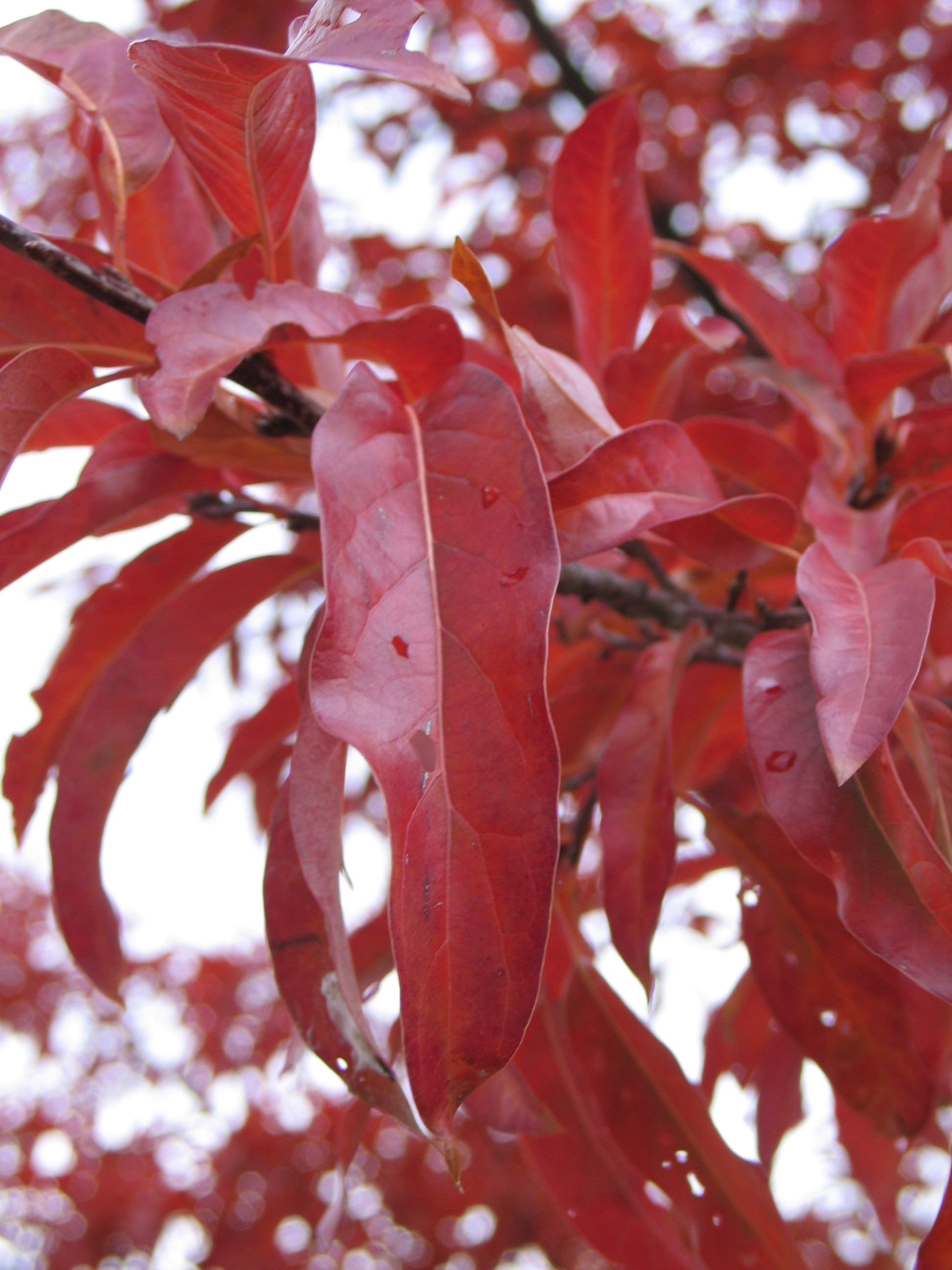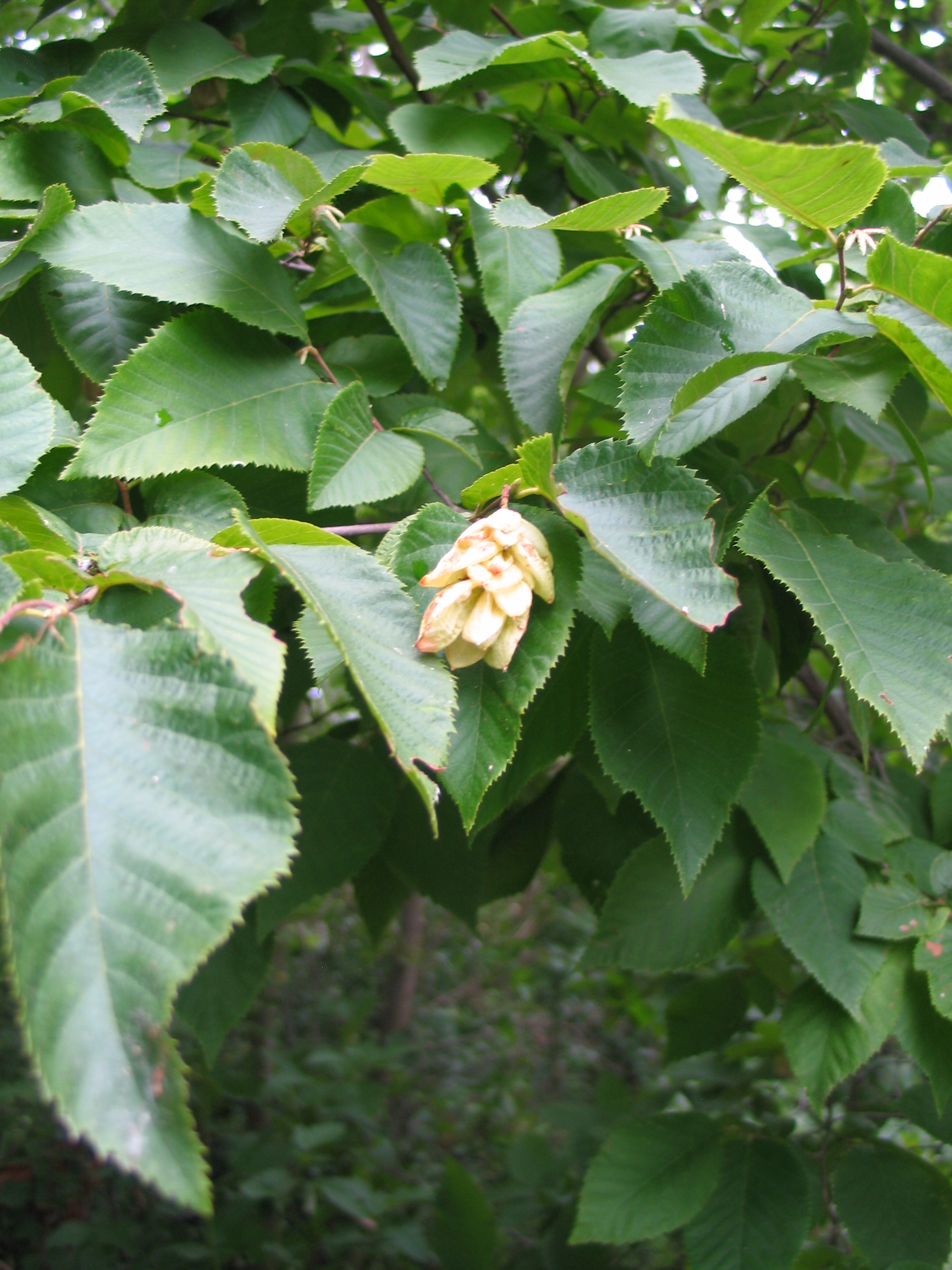The best time to plant trees and shrubs is in the late fall and early winter before the ground freezes. With proper watering and maintenance, newly established plants will get settled and acclimated to their new environment. By developing roots this fall, these plants will increase their chance of survival through the first growing season next year.
The Hesston City Tree Board did a street tree inventory several years ago for the entire city and found that there are too many Silver Maples, Siberian Elms, and Pin Oaks. These three species represent 31% of the town’s total tree population. The recommended percentage of any one tree would be less than 5% of the total population. Insect and disease problems can decimate a single species (such as Dutch elm disease in American elms or pine wilt in Scotch Pine). Tree planting diversity by the citizens of Hesston can help improve the overall make up of the population and bring it back into balance.
At the time of this survey, the City of Hesston and the Tree Board developed a five year planting strategy to promote diversity for future planting. This strategy was intended for Hesston, but will work for nearly every community in the state. Some of their recommendations and mine are contained in the following list. These trees are native to eastern or central Kansas and adaptable to most of the state.
Which trees should I plant in Kansas? Try a few of these:
Bur Oak (Quercus macrocarpa) – A very large broad spreading tree (70’ x 70’) with long smoothly lobed leaves. Mature trees come alive in the fall with squirrel activity as the acorns mature. Excellent as a shade tree, but give it space.
Northern Red Oak (Quercus rubra) A large tree (60’ x 60’) with a rounded growth habit in youth and maturity. The seven to eleven lobed lustrous dark green leaves turn a russet-red in fall.
Shingle Oak (Quercus imbricaria) – Pyramidal in youth and eventually becoming broad and rounded at maturity (50’ x 50’). The leaves are unlobed and lustrous dark green, turning yellow brown to russet-red in fall. Leaves are persistent though winter.
Post Oak (Quercus stellata) – A dense-rounded tree (40’ x 40’) with shiny green leaves that are roundly lobed. Hard to find in the nursery trade, but worth the effort.
American Linden, Basswood (Tilia americana) – A very large (60’ x 60’) upright pyramidal to broadly open tree. The gray smooth bark, fragrant creamy-yellow flowers in late spring, and dark green leaves make American Linden a nice choice as a shade tree.
Sugarberry (Celtis laevigata) – A hackberry with smooth gray bark and large (40’ x 40’) rounded growth habit. Fruits have a sweet date-like taste and are loved by birds.
Hackberry (Celtis occidentalis) – Widely adapted to many areas throughout the state, hackberrys can withstand all Kansas can throw at them. Upright to pyramidal in habit (40’ x 40’) with rough deeply furrowed plate-like bark. It is a larval food source for the question mark, comma, hackberry, tawny emperor, snout, and morning cloak butterflies.
Catalpa (Catalpa speciosa) – Very adaptable to a wide range of soils from wet to dry. It has an open irregular crown (50’ x 40’) with large heart-shaped leaves. The flowers, which appear in May and June, are quite showy. Worth growing, even though it is thought of as a messy tree that drops its leaves and seed pods. Don’t all trees do that?
Persimmon (Diospyros virginiana) – Tough oval rounded tree (40’ x 35’) with fragrant white blueberry-shaped flowers in May and June. The real treat comes in the fall when the edible fruit ripens and the foliage takes on colors of yellow to reddish-purple.
American Hophornbeam (Ostrya virginiana) – Rare in the nursery trade, this tree deserves to be used more because it makes a great street tree. Pyramidal in youth becoming rounded with age (25’ x 30’), it has deep green, sharply serrated leaves that turn yellow-brown in fall.
These trees are examples that will increase the tree diversity in your neighborhoods and landscapes. For more information on these or other trees for your area, contact your local tree board, local horticulture extension agent, or visit the arboretum. We have examples of many of these trees growing at the arboretum. I would be happy to answer any questions you may have.
Remember – diversity is the key to success!


